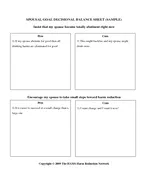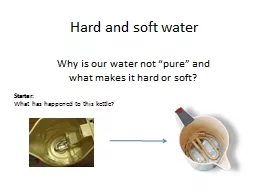PDF-back to the HAMS home page HOW TO CHANGE YOUR SPOUSES DRINKING Only the soft overcomes
Author : myesha-ticknor | Published Date : 2014-12-28
Lao Tze If you have a spouse with a drinking problem then it is likely that you have tried to get your spouse to change before perhaps wi th little or no success
Presentation Embed Code
Download Presentation
Download Presentation The PPT/PDF document "back to the HAMS home page HOW TO CHANGE..." is the property of its rightful owner. Permission is granted to download and print the materials on this website for personal, non-commercial use only, and to display it on your personal computer provided you do not modify the materials and that you retain all copyright notices contained in the materials. By downloading content from our website, you accept the terms of this agreement.
back to the HAMS home page HOW TO CHANGE YOUR SPOUSES DRINKING Only the soft overcomes: Transcript
Download Rules Of Document
"back to the HAMS home page HOW TO CHANGE YOUR SPOUSES DRINKING Only the soft overcomes"The content belongs to its owner. You may download and print it for personal use, without modification, and keep all copyright notices. By downloading, you agree to these terms.
Related Documents














